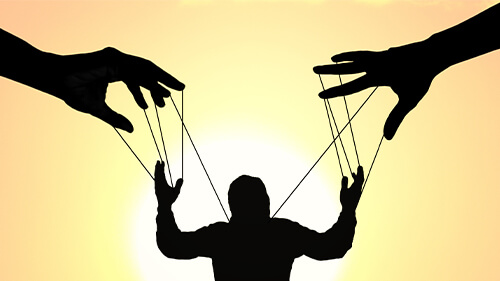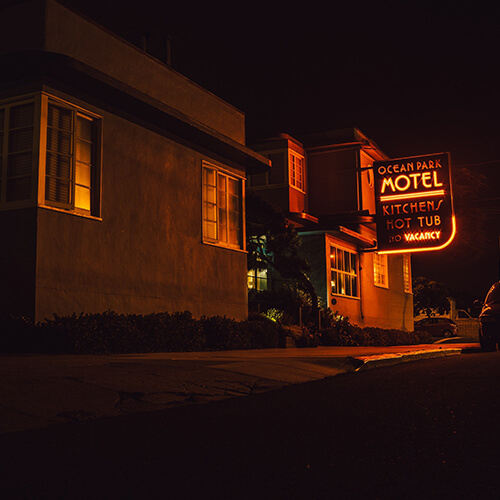Indicators and Red Flags
In the U.S., it is rare for human trafficking to look like the obvious stereotypes. Rather, there are often several indicators or red flags that add up to a feeling that something is off. Look for out of place, strange, or unsettling behaviors rather than obvious signs.
A social service provider emphasized that a major issue with human trafficking is the prevalence of stereotypes. They explained that media and Hollywood have shaped a generalized perception of what victims look like, which often does not reflect reality. In their experience working with many survivors, very few have resembled those stereotypes and portrayals.

Traffickers frequently exercise control over the person being trafficked through the use of force, fraud, or coercion. Though modern human trafficking is subtle, there are behaviors a victim may display. One sign alone may not mean a person is experiencing trafficking; however, several signs could be an indication of trafficking. Please keep in mind trafficking may not appear how you expect or match what you see on TV or in movies.
If you suspect someone may be experiencing trafficking, ask yourself the following:
- Does the person appear scared/concerned, anxious, or worried?
- When spoken with, does another person respond for them?
- Is another person in possession of important documents such as their ID cards, passport, or license?
- If seemingly parent and child, does the relationship appear “normal” or as expected to you? For example, does the parent perform expected duties such as buckling the child into a car seat before beginning the drive? Is the child dressed appropriately for the weather? Does the child appear overly tired or disheveled (i.e., poor hygiene, dirty clothes, malnourished)?
- Does the person appear under the influence of drugs or alcohol?
- Does the person have a limited amount of money or is the money limited to a specific form, for example gift cards?
- Do you notice signs of physical abuse?
- Do they appear withdrawn, avoid contact, or seem hesitant to speak?
- Are they accompanied by a companion that seems controlling or overbearing?
- Do you notice signs of physical neglect (i.e., poor hygiene, dirty clothes, malnourished)?
- Do they lack forms of identification or personal belongings?
- Do you notice signs of physical or mental abuse?
- Does the person have a fear of law enforcement?
- Do they seem under strict control of some kind?
- Do they seem fearful, anxious, or submissive?
- Do they use the term "daddy" in reference to their trafficker (who is often older)?
For more information on identifying the signs of trafficking, visit the National Human Trafficking Hotline's Recognizing the Signs webpage.

If a person is experiencing trafficking, their mood and behavior may change. Parents are encouraged to be as open and non-judgmental as possible to encourage the child to share what they may be experiencing. Parents can ask themselves the following:
- Has my child's mood or disposition recently changed?
- Is my child withdrawn or depressed?
- Is self-harm occurring?
- Does my child suddenly have access to money or expensive items they may not have typically been able to afford?
- Is my child secretive about their online or phone/text activity?
Some workers, specifically hotel workers, delivery persons, and pest control workers can be very helpful in the fight against trafficking as they may have access to private locations where the trafficking occurs. Staff in these positions can ask the following:
- Does the room appear as expected to you? For example, are there cleansing wipes, contraceptives, massage oils, or lubricants present?
- Is the guest at the hotel requesting items such as extra sheets and towels yet refusing to allow staff to clean the room?
- If accessing a child's room, are unexpected items present, such as contraceptives or lubricants?
- Does someone frequently appear to guard or "keep watch" outside the room or residence?


Other signs of trafficking (though not necessarily an indication of trafficking) include tattoos signifying ownership or property, for example barcode tattoos, dollar sign tattoos, or the trafficker's name with a crown placed above. Other tattoos with words like “loyalty” or “respect” could be a sign the person may be in a trafficking situation.